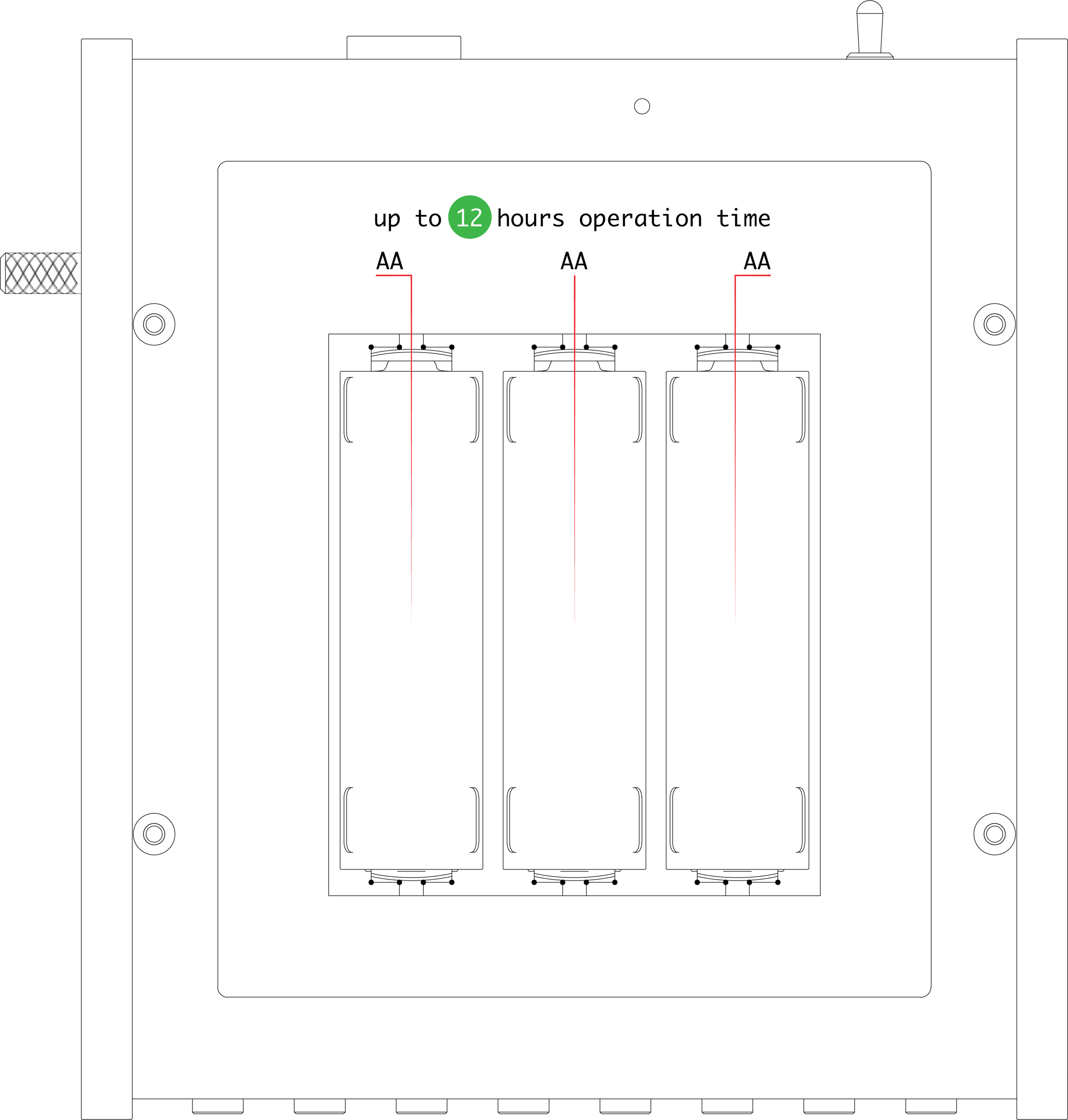Koka’s Pocket Beatbox is a pocket-sized drum — a portable multisampler designed by Koka
Reserve Now for €10
he beatbox is said to cost no more than €555 + DHL. We were supposed to start shipping in September, but because of the pandemic, semiconductor companies are having a massive crisis that will affect the entire tech industry, including laptop and phone manufacturers. NXP Semiconductors promises to deliver the chips we need by April 2022 at the latest. Maybe they can deliver them sooner.
We will initially produce a limited edition in two batches. You can pay a deposit of €10 and get a waiting list place. Depending on the date of your order, we will serve you a Beatbox from the first or second batch. If at any time you wish to reclaim your deposit, we can refund it immediately, BUT you would lose your place on the waiting list. If we don't make you a Beatbox by September 2022, you can choose to have your €10 refunded to your account or receive a unique multisample bank (4096 samples) produced by Koka.
If you are interested in buying a Beatbox, please don't put it off and book it now. For Koka, it is crucial to know how much demand there is.





